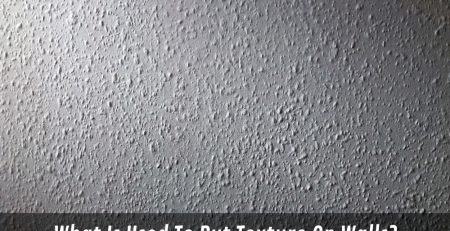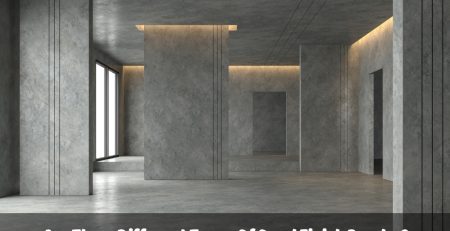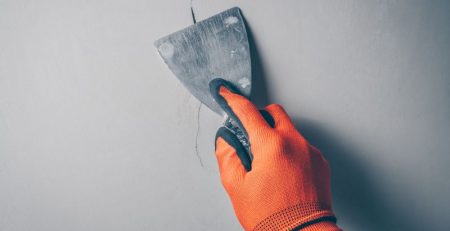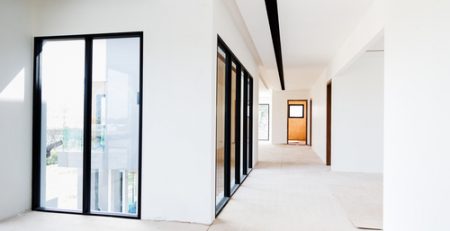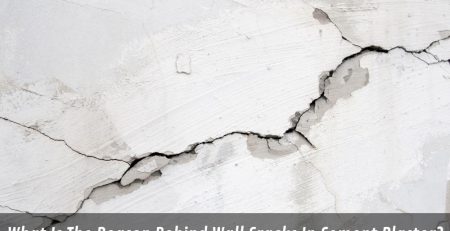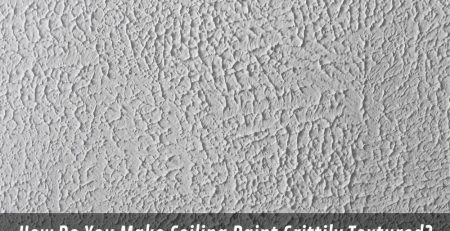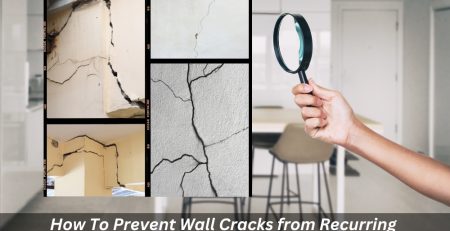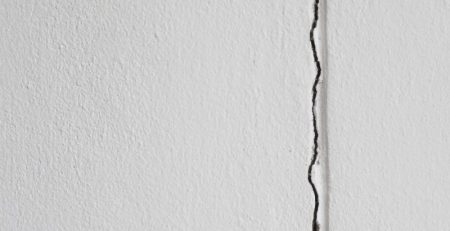Why Do Wall Cracks Keep Coming Back After Repair?
Wall cracks are a common issue that homeowners face, and it can be frustrating when they keep reappearing after a repair. Whether it’s a small crack or a more significant structural issue, wall cracks can affect the aesthetic appeal and structural integrity of your home. Understanding why these cracks keep coming back is essential to addressing the problem effectively. This article will explore the causes of recurring wall cracks and how to prevent them from reappearing after repair.
What are the common causes of wall cracks reappearing after repair?
Wall cracks often resurface due to factors that may have yet to be addressed during the initial repair. Over time, homes settle into the ground, causing foundation movement that can lead to cracks along walls, even after they’ve been fixed. Moisture issues, such as water infiltration or high humidity, can weaken the integrity of walls, with poor drainage or plumbing leaks making the problem worse. Extreme weather conditions, like summer heat or winter cold, can cause materials to expand and contract, stressing the walls. Additionally, using low-quality materials or improper installation techniques can result in cracks reappearing.
How does climate affect the recurrence of wall cracks in sydney?
Sydney’s climate plays a significant role in wall cracks, with temperature fluctuations and moisture affecting materials. These changes cause expansion and contraction, putting stress on walls. Key climate factors include:
- Summer heat: High temperatures can cause materials like plaster and render to expand. If not adequately sealed or with the wrong render, cracks may form or reappear.
- Winter cold: Cold temperatures cause contraction, stressing weak spots and leading to new cracks.
- Rain and humidity: Frequent rainfall can weaken materials, and poor drainage or water seepage through the walls can cause cracks to return.
Why do some wall cracks keep reappearing after rendering?
When it comes to wall rendering, specific issues can cause cracks to reappear. Some of the reasons for this include:
- Poor render mix: Using an improper mixture of low-quality materials weakens the surface, increasing the likelihood of cracks.
- Movement in the structure: Building movement, such as foundation settling or soil shifting, can lead to cracks, even in high-quality renderings.
- Inadequate joint treatment: Poor joint treatment can lead to movement, resulting in cracks.
- Moisture issues: Water infiltration can affect rendered surfaces, causing cracks as the material absorbs moisture and swells.
Choosing the right render and ensuring the wall is well-prepared are crucial steps in preventing wall cracks from recurring.
Can poor installation techniques contribute to wall cracks reappearing?
Poor installation techniques can contribute to wall cracks returning. Key factors include:
- Inadequate surface preparation: Poor cleaning or priming can prevent proper bonding, leading to cracks later.
- Incorrect application of render: Applying render too thickly or thinly can cause cracking.
- Insufficient curing time: If render or plaster isn’t adequately cured before exposure to weather, cracks may reappear.
- Lack of reinforcement: Larger cracks need reinforcement with mesh to prevent movement and new cracks from forming.

How does the choice of render material affect crack prevention?
The choice of render material is crucial in preventing cracks. Flexible materials handle temperature changes and movement better, while rigid ones are more prone to cracking. Key types include:
- Acrylic render: Flexible, UV resistant, and ideal for withstanding temperature changes, as well as reducing cracks.
- Cement render: Durable but rigid, may require reinforcement to prevent cracking if not applied properly.
- Polystyrene cladding: When choosing suitable cladding, consider a lightweight material like polystyrene (EPS). This material offers excellent insulation, flexibility to reduce cracks, and a stable substrate for rendering.
What Are the Long-term Effects of Not Addressing the Underlying Causes of Wall Cracks?
Ignoring the causes of wall cracks can lead to severe issues over time, such as:
- Worsening structural damage: Unresolved cracks can spread, weakening the building’s integrity.
- Increased repair costs: Ongoing cracks require more frequent, expensive repairs.
- Safety risks: Large cracks can weaken walls, creating safety hazards.
- Mould and mildew: Moisture in cracks can promote mould growth, affecting air quality.
- Decreased property value: Unrepaired cracks can reduce your property’s value and appeal.
- Aesthetic decline: Cracks left unchecked can make your walls look damaged and unkempt.
Can insufficient wall preparation lead to wall cracks coming back?
Yes, improper wall preparation is one of the main reasons for cracks returning. Essential steps for proper wall preparation include:
- Cleaning the surface: Dirt, dust, and old paint must be removed to ensure the new materials bond effectively.
- Priming: Applying a suitable primer helps the render or plaster adhere to the wall, reducing the chances of cracking.
- Repairing small cracks first: Small cracks should be adequately filled and sealed prior to applying a new render. To prevent further complications

How can you prevent wall cracks from returning after a rendering repair?
To prevent wall cracks from coming back, regularly assess and repair wall cracks to identify and address underlying issues. Consider the following tips:
- Use suitable materials: Choose flexible and durable materials that can withstand Sydney’s climate and your home’s movement.
- Ensure proper installation: Hire professional installers to ensure the work is done correctly and the surfaces are adequately prepared.
- Address moisture issues: Check for any underlying moisture problems and fix them before applying render.
- Reinforce the structure: Use reinforcement where necessary to provide added strength to the wall.
Why Is professional wall crack repair essential for long-lasting results?
Professional wall crack repair ensures long-lasting results for several reasons:
- Expertise: Professionals have the experience and knowledge to identify the root causes of cracks and address them effectively.
- Quality materials: Experts use high-quality materials designed to last and resist cracking.
- Warranty: Many professional services offer warranties, giving you peace of mind that the work will last.
Conclusion
Addressing the root causes of wall cracks, such as foundation settling, moisture, temperature fluctuations, and poor maintenance, is crucial in preventing them from reappearing. Choosing the suitable materials, ensuring proper installation, and hiring professional wall crack repair services will provide long-lasting results. With the right approach, you can avoid costly, repeated repairs and enjoy a crack-free home.
Preventing wall cracks from returning
Looking for reliable wall crack repairs? Trust the qualified professionals at Jim’s Rendering Sydney. We use high-quality, durable materials to ensure long-lasting results. Our team’s local expertise and attention to detail guarantee your satisfaction. Plus, we offer a comprehensive warranty for peace of mind. Contact Jim’s Rendering Sydney today for a free quote and see why our clients trust us for all their rendering needs!


